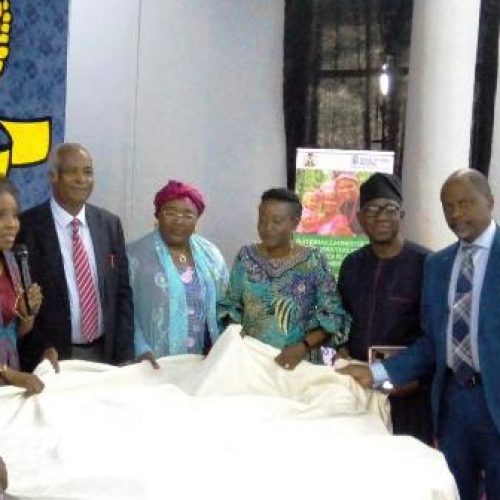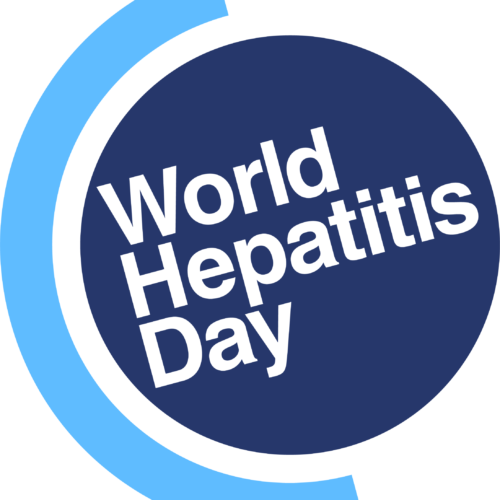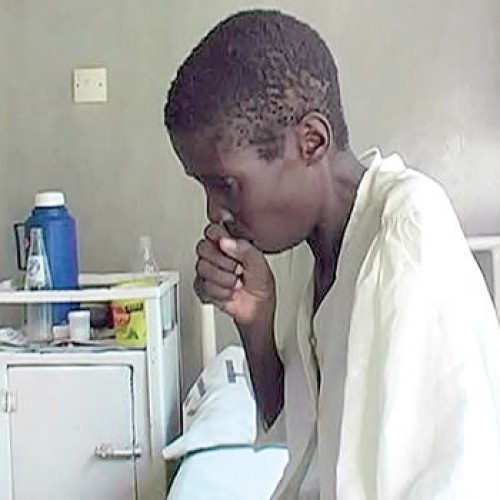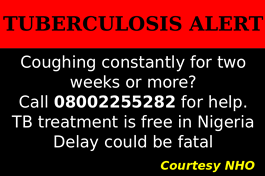NCDC Declares National Emergency Response against Lassa Fever
The Nigeria Centre for Disease Control (NCDC) has activated its national multi-sectoral and multi-disciplinary Lassa fever Emergency Operations Centre (EOC) in response to the outbreak of the disease in some parts of the country.
A statement issued by the Director General of the NCDC, Dr. Ifedayo Adetifa, yesterday, stated that the measure became necessary given the increase in the number of confirmed Lassa fever cases across the country and a joint risk assessment with partners and sister agencies.
He said as at January 23, 2022, there were a total of 115 confirmed cases with 26 deaths (a case fatality ratio of 22.6%) that had been reported.
Adetifa said the cases were reported from 30 local government areas across 11states.
“Furthermore, the reports in weeks one and two show the highest number of confirmed cases recorded in the last four years for the same period.
“Lassa fever is an acute viral hemorrhagic illness transmitted to humans through contact with food or household items contaminated by rodents infected with Lassa fever virus.
“Person-to-person transmission can also occur, particularly in a hospital environment with inadequate infection control measures,” the NCDC boss explained.
Adetifa said the disease control centre was working with relevant ministries, departments, health agencies and partners to strengthen the capacity of states to effectively manage this outbreak alongside COVID-19 and other diseases of public health relevance.
He also said the risk communication activities were ongoing through radio, posters, flyers, and social media.
The Federal Ministry of Environment is also implementing a lassa fever environmental response campaign in high burden states.
While explaining the nature of the symptoms of the disease, Adetifa said Lassa fever initially presents itself like any other febrile illness such as malaria, adding that its symptoms include fever, headache, sore throat, general body weakness, cough, nausea, vomiting, diarrhoea, muscle pains, chest pain, and in severe cases, unexplainable bleeding from ears, eyes, nose, mouth, and other body openings.
In addition, he explained that the time between the infection and the appearance of symptoms of the disease was three to 21 days. He, however, said early treatment and diagnosis increases chances of patients’ survival.
In the statement, NCDC advised Nigerians to ensure proper environmental sanitation at all times, blocking all holes in the house to prevent rats from entry.
“Also people are advised to cover their dustbins and dispose of refuse properly, while communities are enjoined to set up dumpsites very far from their homes to reduce the chances of having rodents within homes,” it added.
The NCDC also urged members of the public to store foodstuffs such as rice, garri, beans, corn/maize, etc in containers that are well covered with tight-fitting lids, avoid drying foodstuffs outside on the floor, roadside where they would be exposed to contamination.
It stated that the people should avoid bush burning, saying it could lead to the displacement of rats from bushes to human dwellings.
“They should eliminate rats in homes and communities by setting rat traps and other means, practice good personal hygiene by frequent washing hands with soap under running
water /or use of hand sanitisers when appropriate and visit the nearest health facility if you notice any of the signs and symptoms of Lassa fever as mentioned earlier, and avoid self-medication.
“Health care workers are also advised to practice standard precautions and to maintain a high index of suspicion at all times. Ensure appropriate use of personal protective equipment any time there is a risk of body fluid exposure. This is critical for breaking the chain of transmission of the disease. Rapid Diagnostic Test (RDT) must be performed for all suspected cases of malaria,” it said.
NCDC boss said that like several other countries in West Africa, the disease was endemic in Nigeria and often recorded during the dry season, between November and May.
Since 2016, NCDC said it had been working hard to improve diagnostic capacity for the disease.
He also said currently there are seven laboratories that conduct confirmatory tests for Lassa fever in Nigeria coordinated by the NCDC National Reference Laboratory (NRL).
According to the NCDC boss, this has improved active case detection for the disease.
Similarly, care for affected individuals has improved with NCDC, “providing support to states including the provision of emergency medical and laboratory supplies as well as oral and intravenous Ribavirin for preventive and curative treatment to treatment centres across the country.”
“To support and strengthen the response efforts of states, NCDC has continued to deploy Rapid Response Teams (RRT) as required to states. The RRTs through the State Public Health Emergency Operation Centres (PHEOCs) work with states across all response pillars to strengthen preparedness and response activities.
“This includes outbreak investigation, contact tracing, response coordination, case management, psycho- social care for infected people, risk communication, and infection prevention and control activities,” he said.
About author
You might also like
World Population Day: Nigeria introduces new contraceptive
• Also launches two major FP documents L-R: Dr Adebimpe Adebiyi, Director, Family Health, Federal Ministry of Health, Prof. Oladapo Ladipo, President/CEO Association for Reproductive and Family Health (ARFH) and
World Hepatitis Day 2023: 91m Africans live with hepatitis
19m Nigerians affected The World Health Organisation (WHO) says no fewer than 91 million Africans are currently living with hepatitis, with around 125,000 hepatitis-related deaths occurring in Africa. In
TB: Not yet success story for Nigeria
• Records 250,000 deaths annually • Ranks No. 4 among high-burdened countries • Undetected and Undiagnosed tuberculosis on the increase • WHO says battle is only half-won globally. The World








0 Comments
No Comments Yet!
You can be first to comment this post!